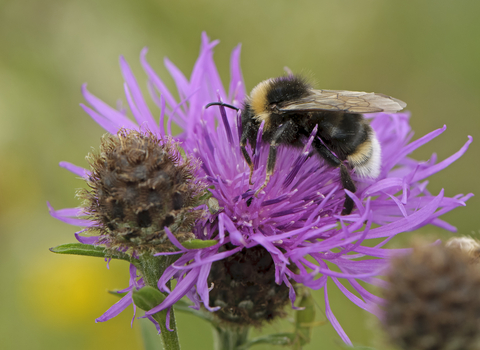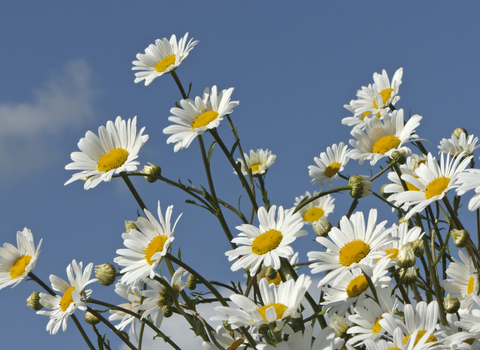The Sturts North
Location
Know before you go
Dogs
When to visit
Opening times
Dawn to duskBest time to visit
All year round - but are subject to regular winter floodingAbout the reserve
Lying in the River Wye flood-plain, the seven fields that make up Sturts North are subject to regular winter flooding. The grassland communities in Wet Meadow and Sheep Colt Meadow are particularly noteworthy, with damp hollows and drier ridges forming a mosaic, each with their own micro-habitat and species. . One of the most important of these is the characteristic and attractive great burnet and meadow foxtail grass which dominates Sheep Cott Meadow. Great burnet is a rare plant in the county but occurs throughout the Sturts North reserve.
In autumn, a wide variety of fungi appear on the reserve. In particular, look out for waxcaps in early November - 28 species are known, including pink, snowy and scarlet waxcap, making the reserve a nationally important site.
Mire and swamp communities occur in the most low-lying sections of Lane Meadow, Far Pole Moor, Long Meadow and Wet Meadow. They support many of the species found within the wet grassland but in addition others which give them their distinctiveness. These include floating-sweet grass, reed canarygrass, sharp flowered rush, meadowsweet, yellow iris and angelica.
The Sturts North holds a number of ponds, many of which may have been formed around 22,000 years ago as glaciers retreated from Herefordshire at the end of the last Ice Age. There are remarkable and highly important communities of aquatic invertebrates such as ruddy and common darter dragonfly, large red damselfly and crawling water beetle.
The hedges surrounding the reserve are old and species-rich, containing three species of elm, field maple, dogwood and spindle. These provide good habitat for birds such as yellowhammer, long-tailed tits and, occasionally, lesser whitethroat.





